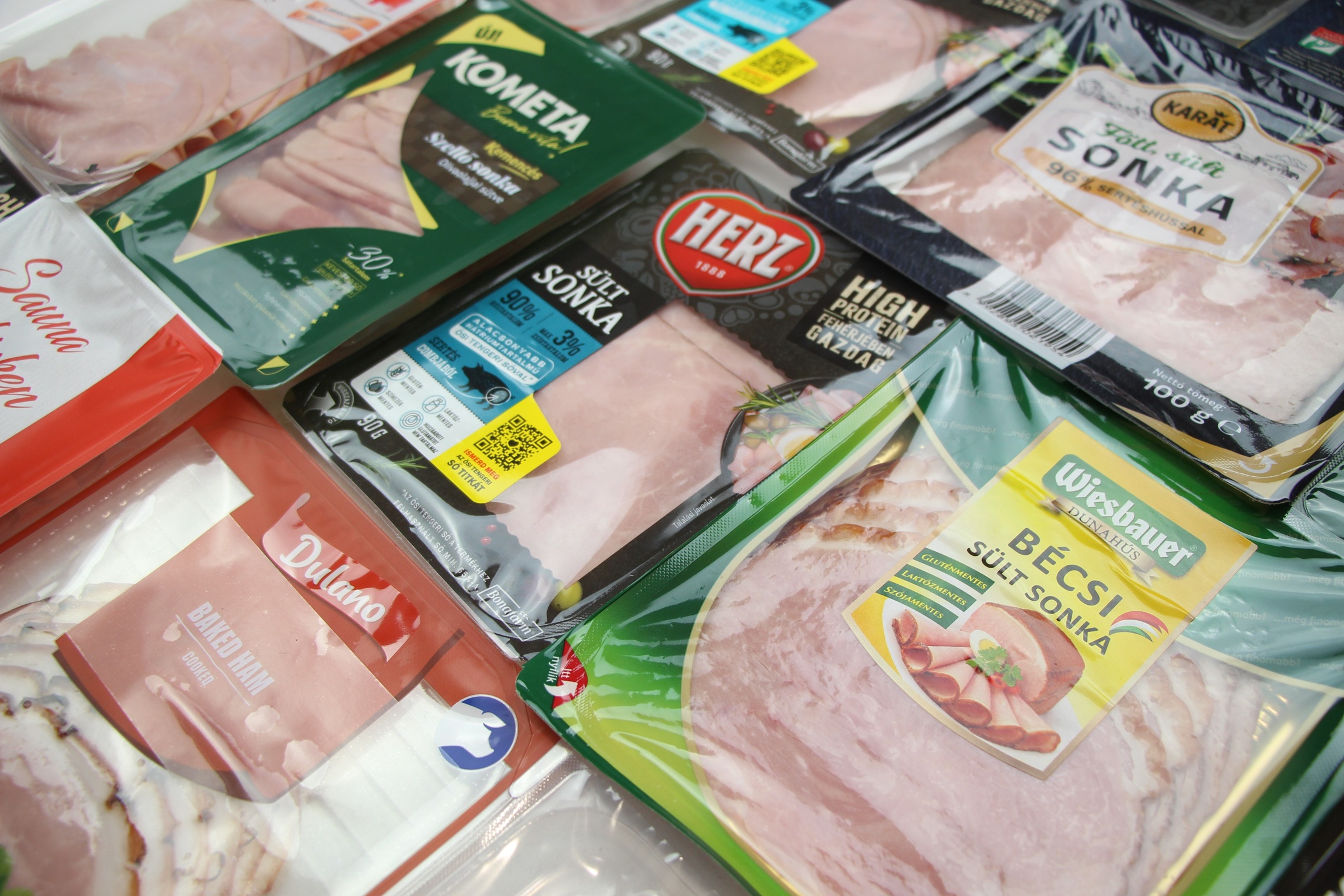"Hungary has achieved outstanding results at a telecommunications conference in Geneva," Pataki said. "We received eight terrestrial digital video broadcasting [DVB-T] and three terrestrial digital audio broadcasting [T-DAB] multiplexes, which will enable the establishment of 30-40 television and further 20 radio channels within the next six years."
At the RRC06 conference, concluded in Geneva last week, Hungary succeeded in acquiring five further DVB-T multiplexes on top the existing three. The eight multiplexes will enable the operation of 30-40 terrestrial television channels available countrywide instead of the current three, Pataki added. The analogue-digital switch is to take place by 2012, as required by the EU.
In the second phase of the transition, strict legal boundaries, which currently only allow digital broadcasting of public television and radio channels, will change. In order to help the analogue-to-digital transition, the regulatory background needs to be transformed, according to Pataki.
On the other side, the transition is largely dependent on viewers, Pataki stressed. In Hungary, 98% of households have a television set but 33% of all users have access only to terrestrial video broadcasting. These viewers will have the possibility to watch 30-40 channels only if they purchase television sets allowing digital pickup.
Legolvasottabb

Sorra érkeznek a panaszok, teljes a káosz: eltűnnek a csomagok, a pénz sem kerül vissza

Washington lecsapott európai tisztségviselőkre, Brüsszel azonnal visszavágott

Megkapták a zöld lámpát az amerikaiaktól: helyzetbe kerülhet a Mol

Üzenetet küld az állam a betegeknek: új szabály jön az EESZT-ben, ennek sokan nem fognak örülni

Megmutatjuk 2026 összes szabadnapját – így tervezze a szabadságát

Hegyekben állnak az Epstein-dokumentumok, döbbenetes mennyiséget találtak belőle

Idén sem lett olcsóbb az otthon sütött bejgli, ennyit kóstál most a magyarok slágersüteménye

Zelenszkij nyilvánosságra hozta a teljes béketervet, Moszkva azonnal visszavágott

Orbán Viktor beszólt Brüsszelnek és a Tisza Pártnak is: elsöprő győzelmet ígér
















